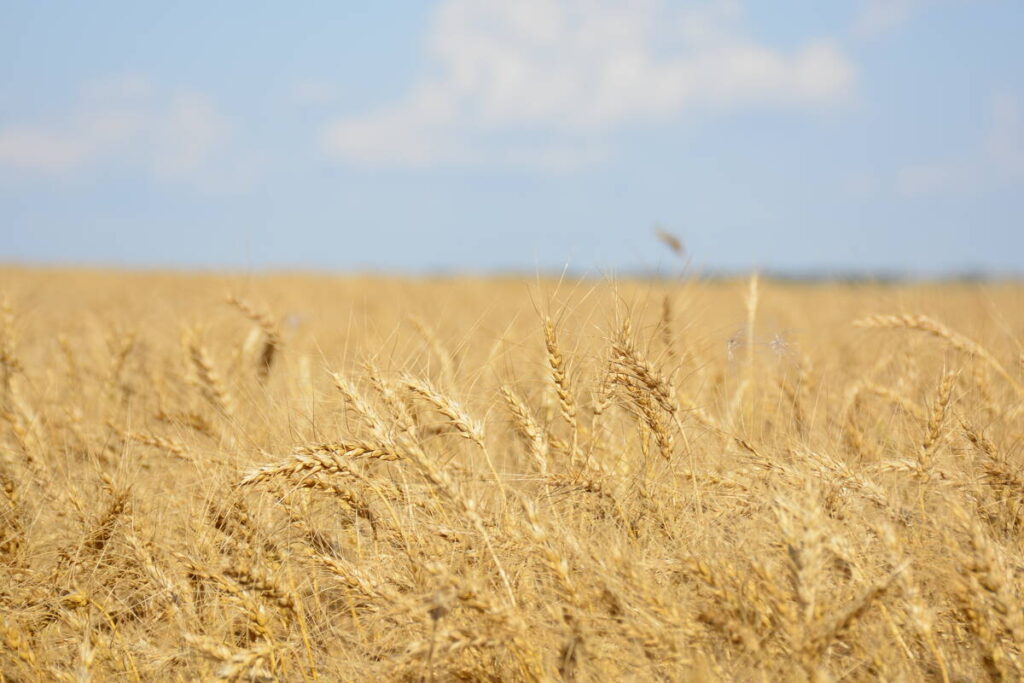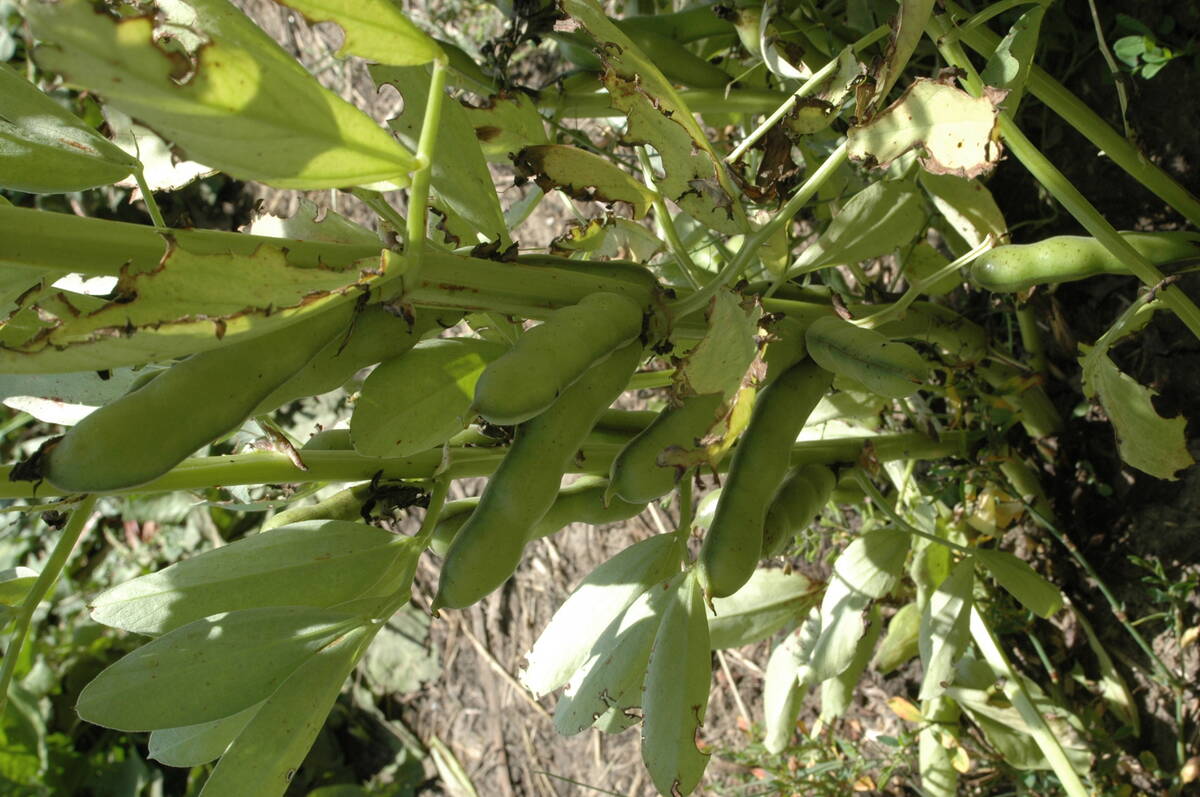Weather less than ideal in many wheat-growing regions

Weather issues are throwing into question forecasts for a record large global wheat crop this year, but wheat futures markets remain cautious.
Minneapolis hard spring wheat futures rallied last week and closed at the highest level since late February, but gains in the heavily traded Chicago soft wheat contract were muted, unable to break through resistance.
The U.S. Department of Agriculture’s latest forecast for global wheat production is 808.5 million tonnes, up from 799.7 million in the current crop year.
Read Also


Saskatchewan gets new fababean breeding program
Saskatchewan Pulse Growers and J4 Agri-Science have announced they are working together to develop commercial varieties of fababean that mature earlier, yield higher and have better disease resistance.
However, there are several areas around the world with crop-stressing weather.
Here on the Canadian Prairies, wide swathes of the growing region are very dry.
As this column was written June 6, the seven-day forecast showed the potential for rain in Manitoba and Alberta, but much of Saskatchewan was expected to receive only small amounts.
There were no signs of substantial rain that would make up for the spring deficit.
The Saskatchewan crop report to June 2 said only 64 per cent of spring wheat was good to excellent, the worst start since 2019.
The USDA forecasts a Canadian wheat crop of 36 million tonnes, up from almost 35 million in 2024. The weather so far does not support that forecast.
Across the border, May rain helped North Dakota’s spring wheat, but it is still not as good as last year.
As of June 2, it was rated 48 percent good to excellent. Last year at the same time it was 82 per cent.
China’s wheat crop was back in the news last week.
Exceptional spring heat stressed the crop. Farmers are in mid-harvest, and some say their yields will be down a lot.
Bloomberg News reported last week that its survey of five traders and analysts showed an expected harvest of 133 to 135 million tonnes, down about five per cent from last year and substantially less than the USDA’s May forecast for 142 million tonnes.
The U.S. hard red winter crop is also at the harvest stage. Recent rain in Oklahoma is expected to hurt crop quality, but the rain in Kansas was considered more favourable.
Large areas of northern Europe are dry.
Farm office FranceAgriMer said the soft wheat crop was at 69 per cent good to excellent as of June 2, down one point from the previous week but still better than last year at the same time when excessive moisture pushed the rating down to 62 per cent.
Production prospects in southeastern Europe are better.
The European Commission forecasts wheat production in the bloc at 126. million tonnes, up from 111.7 million last year when there was excessive moisture.
It sees durum production at 7.99 million tonnes, up from 7.21 million last year.
Combining the two, it sees 134.6 million tonnes, a little less than the USDA forecast of 136 million.
The increasing attacks between Russia and Ukraine make it difficult to forecast Ukraine’s crop, but forecaster SovEcon says the state of the crop there has improved in recent weeks.
SovEcon says Russia’s crop is mixed.
The USDA expects the Russian wheat crop will be a little larger than last year, at 83 million tonnes, up from 81.6 million last year, but most private forecasters peg it at the same size as 2024 or smaller.
The Australian Bureau of Agricultural and Resource Economics and Sciences (ABARES) expects wheat production to hit 30.6 million tonnes, and the USDA has a similar number.
However, that is down 10 per cent from last year.
Planting conditions are mixed with the states of South Australia and Victoria very dry and parts of Western Australia also below normal.
ABARES said cropping regions are expected to get average to above average rain this growing season, but if rain disappoints, the production forecast could get much smaller, given very low soil moisture reserves.
As I noted at the beginning of the column, wheat futures have bounced up from bottoms, but the production news is not yet negative enough to spark a hot rally.
The supply-demand balance would have to get much tighter.
We are moving in the right direction.
USDA forecasts a record large global wheat crop of 808.5 million tonnes this year, but it also expects record demand.
By the end of 2025-26 it forecasts that the world stocks-to-use ratio could slip to 32.9 per cent, slightly tighter than 33 per cent at the end of 2024-25.
That would be the tightest global stocks since 2014, but that is likely not tight enough to spark a major rally.
Even if production was closer to 800 million tonnes, that likely would lower the stocks ratio to around 32 per cent, which also is not critical.
However, if the stocks-to-use ratio dropped to 30 per cent or less, as they often were in the first half of the 2010s, that would almost certainly push wheat prices substantially higher.
Source: producer.com


